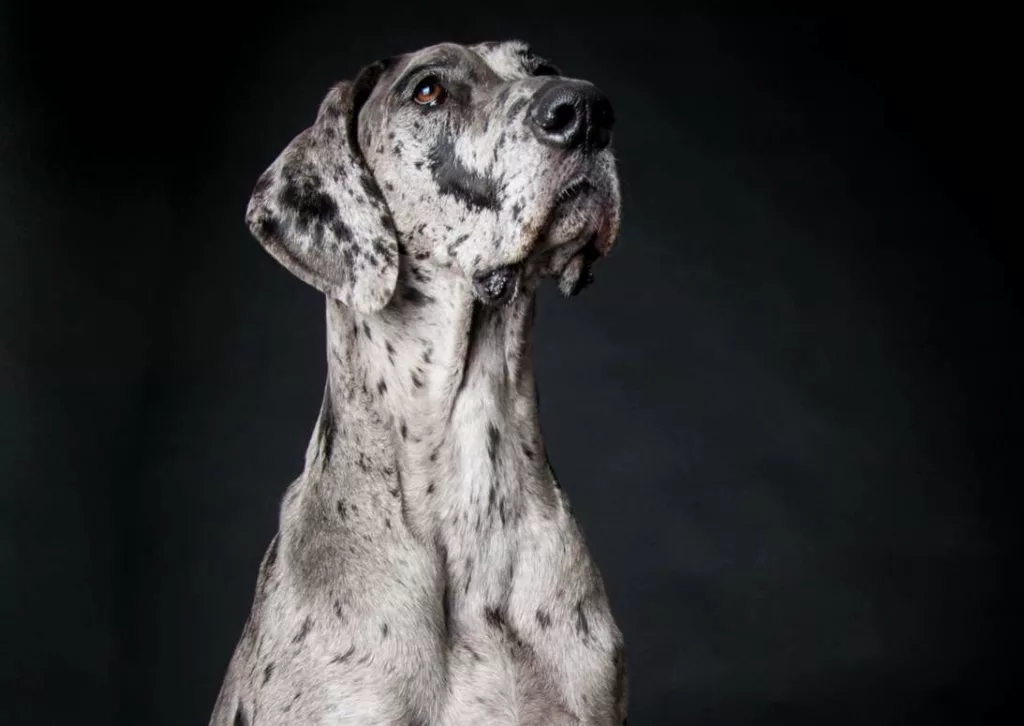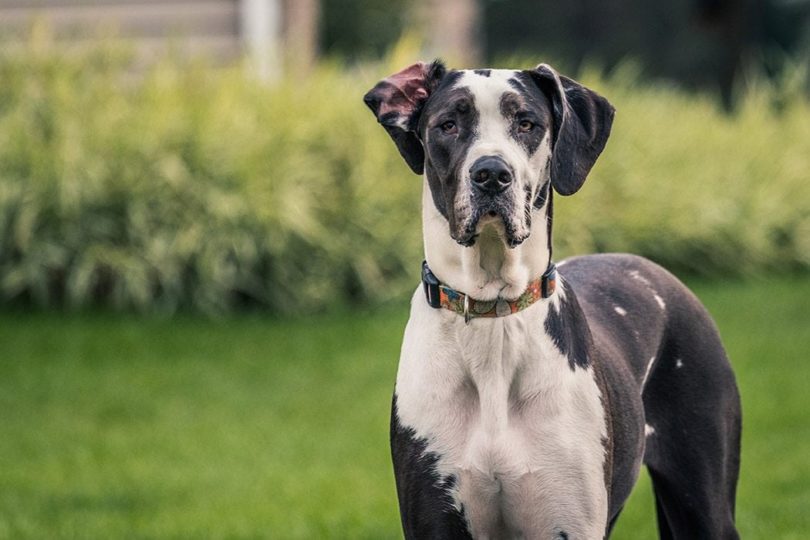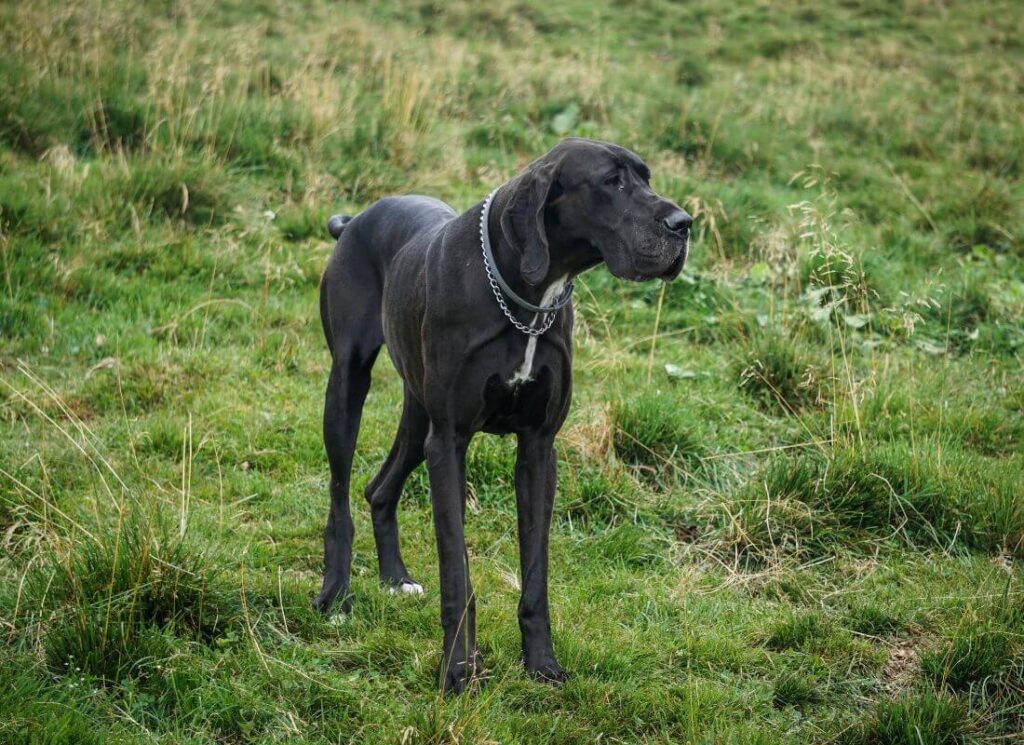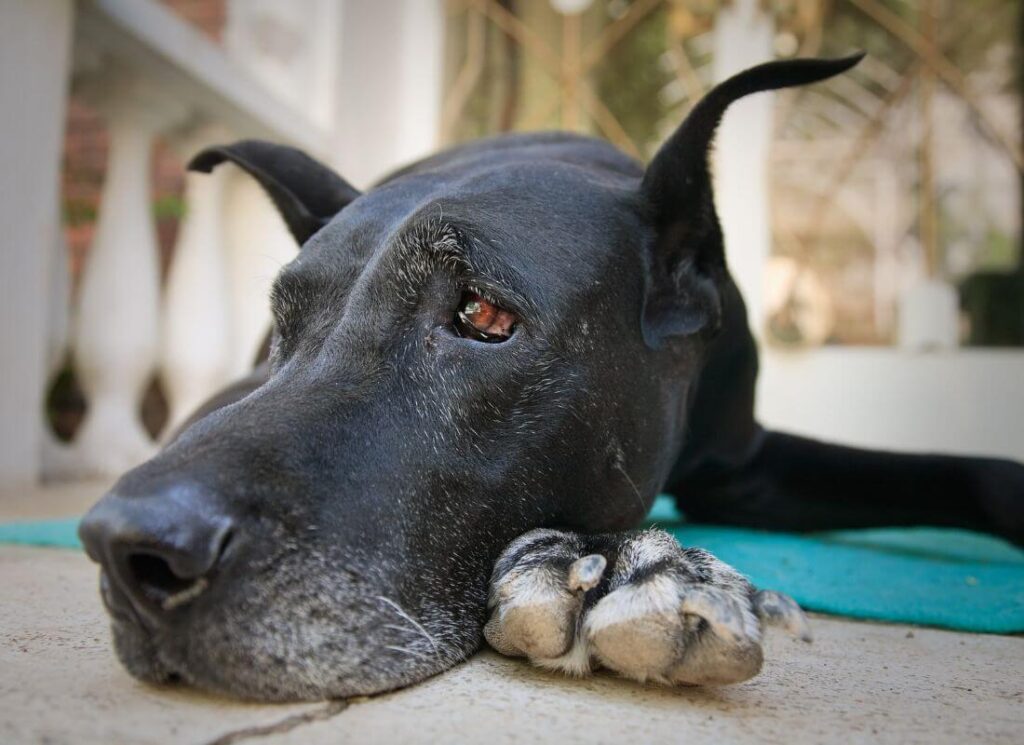The purebred vs. mixed breed argument has been going on for years, and it is an important consideration when you are planning to bring a dog into your family.
Purebred dogs have been bred to develop certain traits, such as size, coat color, and behavior characteristics. This can be great if you’re looking for a specific type of companion.
On the other hand, mixed-breed dogs do not come with such predetermined traits or risks, and what you get from any specific dog can be a mixed bag. This includes Doodles, which, no matter what you’ve heard, are a mixed-breed dog.
In either case, make sure you educate yourself on the breed and/or its potential health and temperament problems before committing to your new family member. Let’s dig into this!

Purebred vs. Mixed Breed: What Does It Mean?
Many people have long argued over whether a mixed breed dog or purebred dog is the ‘better’ option.
But, what does that mean?
The difference between mixed-breed dogs and purebred dog is their genetic makeup.
What makes purebreds ‘purebred’?
A purebred is a dog that has been bred to maintain a specific set of traits, such as size, coat color, and behavior characteristics. Therefore, the puppy’s parents or grandparents must be of the same breed for it to be deemed ‘purebred’.
What makes mixed breed dogs ‘mixed’?
Mixed breeds on the other hand are dogs with two or more different breeds in their genetic makeup. Because of this, you are likely to find a wide range of genetic qualities and temperament within the same litter.
‘Pedigree Dogs’
Many backyard breeders use the word ‘papers’ or ‘pedigree’ to try and make you think that the pets they are selling are healthy and ‘verified’. These types of breeders also typically state their dogs are ‘AKC Registered’, a common trick in the book of a bad breeder.
Don’t get us wrong- a good breeder WILL register their purebreds as AKC dogs, but that is NOT all they will do!
OFA HEALTH TESTING
A good breeder will care enough to keep their dogs healthy, better the breed, and take care of the future life ahead of the dogs that they breed they will health test the parents of the litter before the puppies are even born.
OFA Health Testing
If you are looking for purebred dog breeds but are worried that they aren’t going to be as healthy as two or more breeds mixed together, consider purebred dogs with OFA (Orthopedic Foundation for Animals) health testing results.
OFA Health Testing is when the dog’s hips and elbows are x-rayed and they are evaluated by a qualified veterinarian. If the dog passes these tests, it will receive an OFA Number to certify its results.
A Dog’s Temperament in a Mixed Breed Dog vs. a Purebred Dog
A dog’s temperament is highly indicative of how it was socialized as a small puppy (0-8 weeks), continued/ongoing socialization, genetic makeup, and its environment.
A common misconception is that a purebred dog will have a more predictable temperament than its mixed-breed counterpart.
While this can be true – particularly if you are selecting your puppy from an experienced breeder who has extensively socialized the litter and understands their breed’s temperament – it is not always the case as many purebred dogs are not necessarily ‘healthy’ in the way that they are raised or the genetics that they carry.
In other words, it is not simply enough to be a purebred dog, but the genetics in which it was born combined with the environment that it is raised in are both key components in how a dog’s temperament will develop.

A Mixed Breed Dog and the Unpredictable Temperament
Mixed breed dogs, however, can often have more unpredictable temperaments than their purebred counterparts due to having less predictable genetic makeup.
When choosing mixed breed dogs, especially if adopting them as an older dog after the socialization window has closed, a dog parent should immediately get them evaluated by a professional dog behaviorist to understand what type of temperament they may have.
This will help them to better understand how to work with their fur baby, and potentially modify any problem behaviors to ensure they are the best companion to you and your family member.
Grooming Needs of Mixed Dogs vs. Purebred Dogs
When it comes to grooming needs, mixed-breed dogs and purebred dogs will both require regular maintenance.
A mixed-breed dog does not necessarily require more or less grooming than a purebred, although purebreds tend to have more genetic requirements for grooming.
However, grooming is one thing that highly depends on the dog in front of you.
Adoption of a Mixed Breed Puppy vs. a Purebred Puppy
When you choose to adopt a puppy, you must understand the ‘unknown’ variable is there.
Visit a shelter and you will see the sheer amount of dogs that need to be adopted. But, where did they all come from? Well, they all had to come from breeders at some point.
Many shelters will tell you themselves that bad breeders who are breeding for profit are the root of puppy mills.
Adopting a Mixed Breed Puppy
There are a large number of mixed-breed puppies that come through shelters each year and can make amazing family members too. They can be harder to predict behavior, could have possible unknown genetic defects and it can be hard to identify the dog’s breed, making it more difficult to predict its size and temperament as an adult.
Adopting a Purebred Puppy
Quite frankly, it is nearly impossible to find purebred puppies in shelters who are up for adoption.
However, sometimes you can find different dog breeds in a shelter, it just takes time to find puppies of the specific breed that you want.
If you can find a puppy with the breed you are looking for in a shelter or rescue, there are still potential risks and benefits.
When you adopt a purebred puppy, it will be hard to trace back to the puppy’s parents, leaving you without any information presented as to the genetic makeup of your puppy.
Also, adopting purebreds from a rescue might be risky as not all rescues do DNA tests, and you could end up with a mixed puppy after all.

Health Issues of a Mixed Breed Puppy
As with adopting any dog, adopting a mixed breed puppy comes with the risks of your puppy having a poor genetic makeup, or maybe even carrying an unknown illness.
If your puppy appears to be unwell, you must have them tested right away to avoid any illnesses getting worse over time.
Overall, bringing home a mixed-breed dog from a rescue or shelter will be of better benefit than purchasing a purebred dog from a backyard breeder because not all breeders are of the same standard.
Plus, you can rest easy knowing that you have saved a life and given your pup the loving home they deserve.
Purebred Puppies and Health Issues
If you are looking for a well-suited dog for your family, and you’ve decided you want to look into pure breeds, the health issues that your pet will have is highly dependent on where you decide to get your dog, the dog breeds you look into, and the research you conduct before bringing your pet home.
Choosing Responsible Breeders
Most people know that to give their dog the best life possible, they should work to prevent any inherited disorder.
All pure breeds and mixed breeds are going to be exposed to inherited disorders, but a breeder can prevent these disorders from plaguing your dog by being responsible with their breeding.
Many breeders who breed for profit and have many puppies in their kennels are known to not be as responsible with their breeding, and therefore the puppies that come from these environments can potentially have more health issues.
It is important to put in some research before you decide on a breeder and make sure they are providing high-quality care for the dogs they are using.
Not all breeders are equal. Do your research before bringing home any dog or pet.
Different Breeds of Purebred Dogs
All breeds are prone to different forms of diseases.
For example, labrador retrievers are prone to hip dysplasia, pugs are prone to eye problems, and German shepherds tend to have skin allergies. A purebred golden retriever might be more prone to cancer than a beagle.
It is important to research the breeds you are interested in and make sure you know about any potential health risks.
It is important to know what kind of health issues come with the breed that you are looking at so that you can make an informed decision when it comes time to bring your pet home.
Are Mixed Breed Dogs Healthier Than a Purebred Dog?
In a study conducted, with over 27,000 dogs it showed that “Purebred dogs were more likely to have 10 genetic disorders, including dilated cardiomyopathy, elbow dysplasia, cataracts, and hypothyroidism. Mixed-breed dogs had a greater probability of ruptured cranial cruciate ligament.”
However, this study takes into account many dogs who were bred by parents who were not tested before being bred, or by backyard breeders who do not consider proper health measures when breeding.
When it comes to the overall health of a dog, a mixed-breed puppy can be just as healthy and less prone to disease as a purebred puppy if they are both bred properly.
A Personal Decision
Ultimately, each pup is going to have its own unique genetic makeup and health issues. Bringing home any pet is a huge responsibility and there are pros and cons to every decision you make.
If you decide to go for a purebred puppy, you must do your research to find responsible breeders who have the health of their puppies as a priority. This will help ensure that your pup gets off on the right foot and lives a long life.
If you opt for mixed breeds, you should be aware of the unknown health history of your dog and be ready to tackle anything that comes your way.
At the end of the day, you must consider what breed fits best with your lifestyle and family dynamic. This decision is ultimately up to you!












